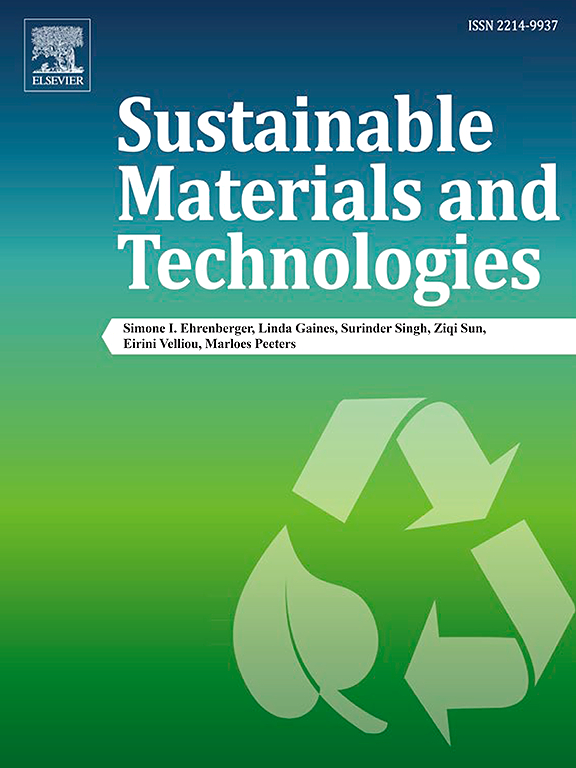Unraveling the in-situ engineered mixed metal oxides anchored on activated carbon cloth as a flexible electrode material for electrochemical reduction of CO2 into formic acid
IF 8.6
2区 工程技术
Q1 ENERGY & FUELS
引用次数: 0
Abstract
Harnessing anthropogenic CO2 for the production of pertinent value-added chemicals may substantially mitigate the adverse environmental effects. Consequently, the deployment of CO2 adopting an electrochemical reduction strategy has become a coveted research gist area. Herein, an implementing the in-situ strategy to design mixed metal oxide microspheres decorated on carbon cloth (CeO2-SnO2@AC) via a facile hydrothermal method and used as ECO2RR catalyst. An array of world-class spectroscopic and analytical techniques were adopted to characterized the as-designed catalyst. The designed bimetallic CeO2-SnO2@ACC is employed as an electrocatalyst for the electrochemical reduction of CO2 into formic acid. The electrochemical studies. Specifically, the CeO2-SnO2@ACC reveals considerably superior electrochemical performance which is evidenced by its high current density of −60.22 mAcm−2, low overpotential −0.82 V, decreased Tafel slope value of 100 mV/dec, and higher electrochemical surface area. In light of this, the synthesized material exhibited high selectivity towards the formic acid by successful reduction of CO2 via electrochemical approach with obtained faradaic efficiency 92.02 % at −1.3 V vs. RHE has been reached with excellent stability for 9 h. The remarkable electrocatalytic performance of the designed catalyst is supported by an in-depth analysis of its microstructural and elastic properties using DFT and theoretical calculations. This study is the first to correlate electrocatalytic activity with core physical properties. The catalyst's small crystalline size (11.5 nm) enhances surface area and active sites, while high microstrain (CeO2 = 11.68 × 10−3 and SnO2 = 10.62 × 10−3) leads to significant atomic deviation and dislocation density, indicating a higher defect concentration. An even crystal unit cell further boosts surface area and lower force constant and elastic stiffness suggest greater flexibility. Additionally, lower electron density promotes increased electron mobility, contributing to enhanced CO2 conversion efficiency to formate. Notably, the CeO2-SnO2@ACC as an electrocatalyst accomplishes excellently and it facilitates charge transfer and improves the formation and adsorption of CO⁎− intermediates, leading to improved formic acid selectivity. The high reactivity towards CO2 reduction attributable to a trade-off between the potency of the interaction between CO⁎- and electrocatalyst, followed by kinetic activation towards protonation and further reduction, was explained in the plausible mechanism to achieve the desired product.

求助全文
约1分钟内获得全文
求助全文
来源期刊

Sustainable Materials and Technologies
Energy-Renewable Energy, Sustainability and the Environment
CiteScore
13.40
自引率
4.20%
发文量
158
审稿时长
45 days
期刊介绍:
Sustainable Materials and Technologies (SM&T), an international, cross-disciplinary, fully open access journal published by Elsevier, focuses on original full-length research articles and reviews. It covers applied or fundamental science of nano-, micro-, meso-, and macro-scale aspects of materials and technologies for sustainable development. SM&T gives special attention to contributions that bridge the knowledge gap between materials and system designs.
 求助内容:
求助内容: 应助结果提醒方式:
应助结果提醒方式:


